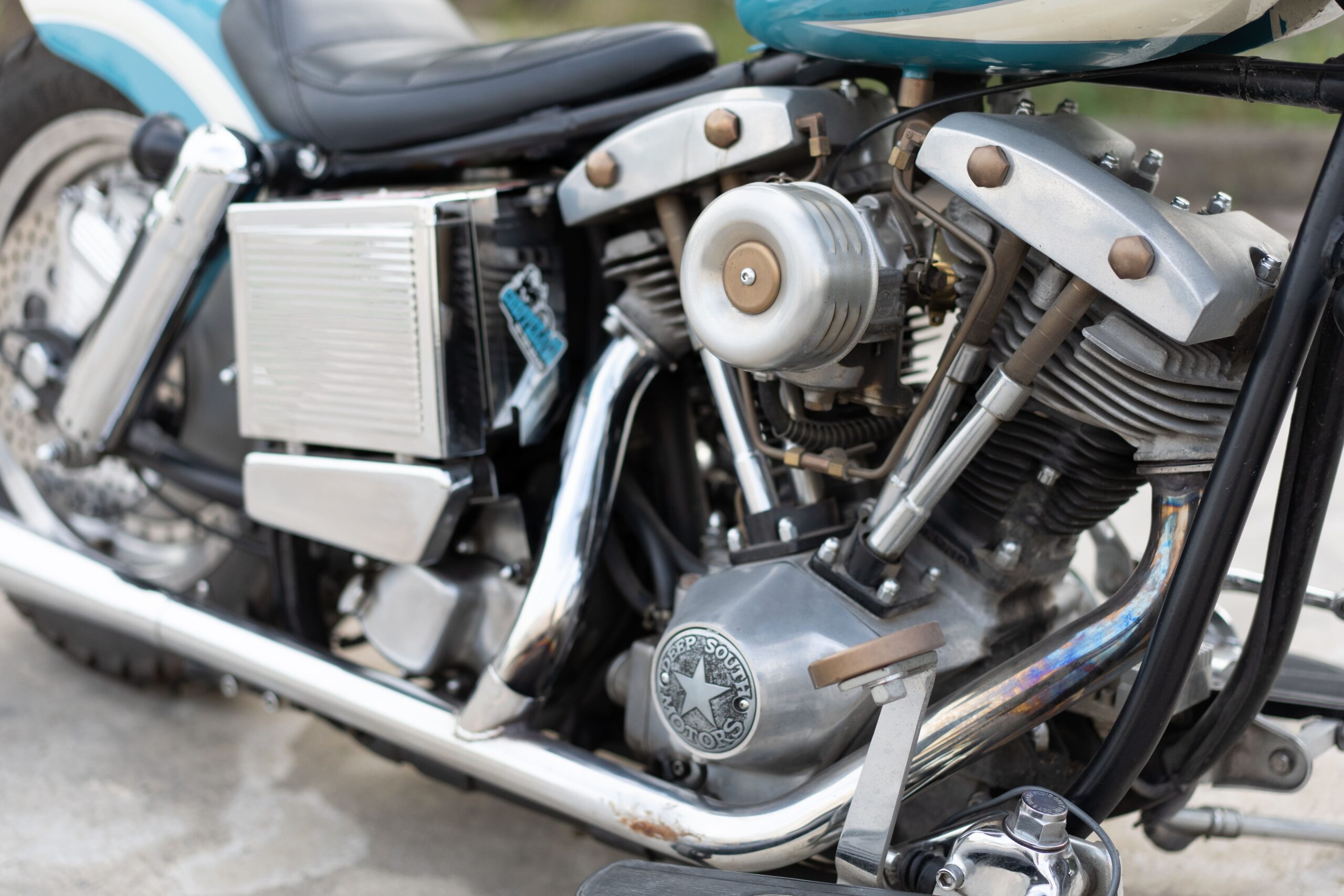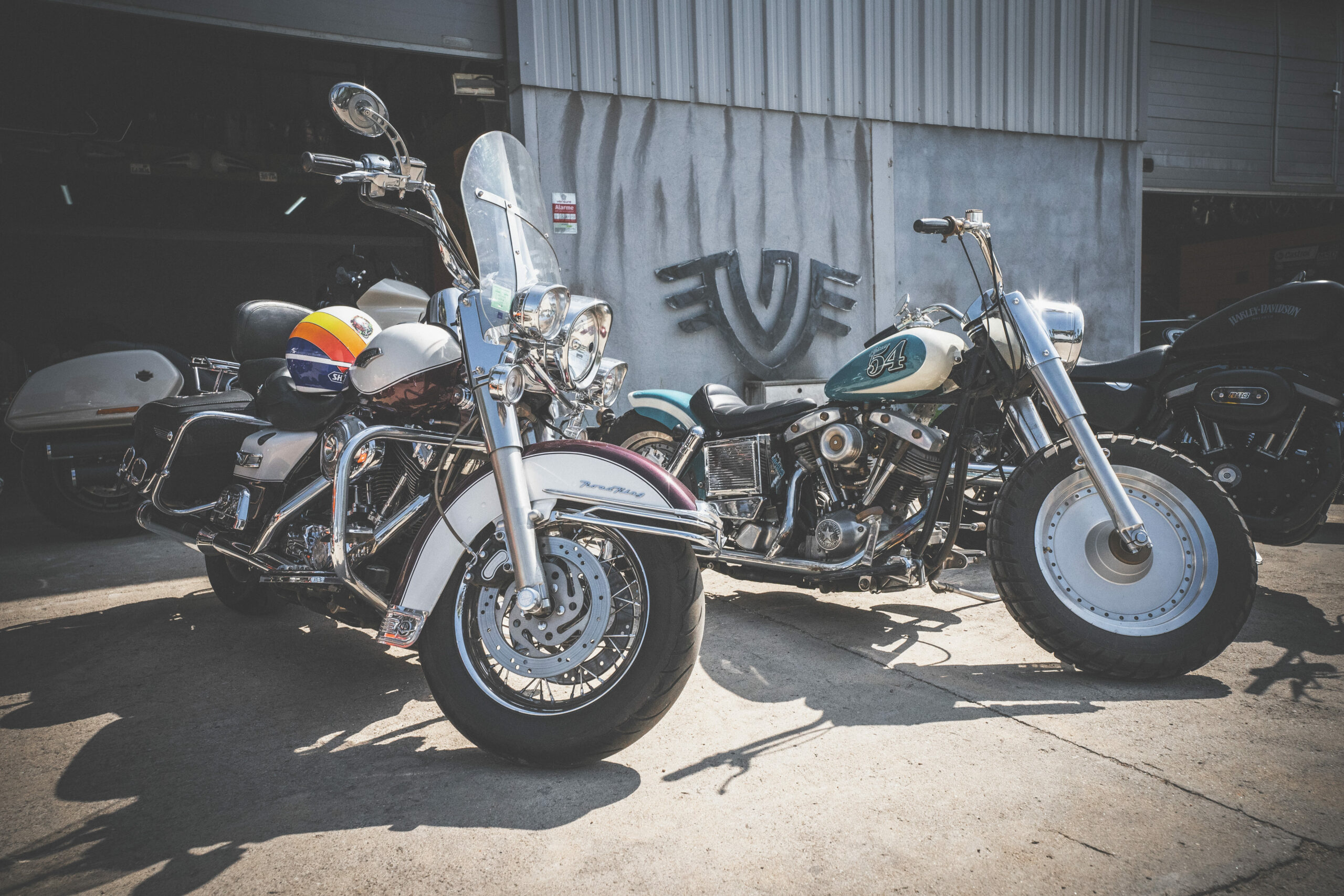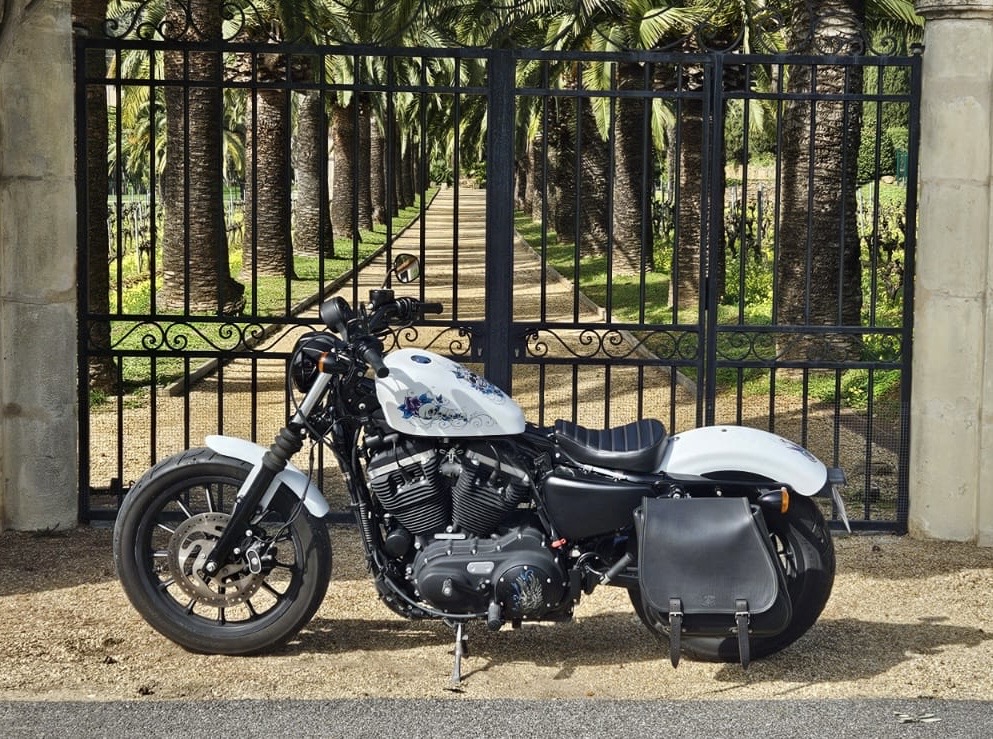 23 April 2024
23 April 2024
How does a motorcycle engine work?
The engine of a motorcycle operates according to the fundamental principles of any internal combustion engine. 1. Basic principles A typical motorcycle engine is a four-stroke engine, which means that it completes a combustion cycle in four main stages: (1) intake, (2) compression, (3) combustion (or explosion), and (4) ) exhaust. a, Intake: The intake valve opens, and the air-fuel mixture is drawn into the cylinder as the piston descends. b. Compression: The intake valve closes, and the piston rises, compressing the air-fuel mixture. vs. Combustion: A spark from the spark plug ignites the compressed mixture, causing an explosion that pushes the piston down. d. Exhaust: The exhaust valve opens, and the burned gases are expelled from the cylinder as the piston rises again. 2. Main components of a motorcycle engine a, The cylinders are where the combustion cycle takes place. The number of cylinders may vary (single-cylinder, twin-cylinder, four-cylinder, etc.). b. Pistons move up and down in the cylinder, driven by explosions of the air-fuel mixture. vs. The connecting rods connect the pistons to the crankshaft. d. The crankshaft converts the linear motion of the pistons into rotary motion. e. Intake and exhaust valves: Regulate the entry of the air-fuel mixture and the evacuation of burnt gases. f. The spark plug ignites the air-fuel mixture. g. The carburetor (or Injection System) allows the fuel to mix with air in the optimal proportions before its introduction into the cylinder. 3. Operating cycle Intake Cycle: As the piston moves down, the intake valve opens and the air-fuel mixture is drawn into the cylinder. Compression Cycle: The piston rises, compressing the mixture in the combustion chamber. Combustion Cycle: The spark plug creates a spark that ignites the mixture, causing an explosion that pushes the piston down. Exhaust Cycle: The piston rises again, the exhaust valve opens, and the burnt gases are expelled from the cylinder. 4. Engine Management Systems Modern motorcycle engines are often equipped with electronic management systems that optimize air-fuel mixture, ignition timing, and other parameters to improve performance and reduce emissions. The engines until the end of the 90s were engines with carburetor intake. 5. Lubrication and Cooling Lubrication is essential to reduce friction between moving engine parts. A lubrication system distributes oil throughout the engine. Engine cooling can occur by air or liquid to maintain optimal operating temperature and prevent overheating. To see how a motor works in pictures, click here.Check out our other blog posts

The sound of motorcycles
A motorcycle has a particularly distinctive sound. To the point that some are able to recognize a machine (its brand, its model) by... ...

Intake by carburetor or injection
It's no secret that, at Vibrations, we are a fan of motorcycles whose intake is via a carburetor. This is even the reason for... ...

Melody in valves: the “potato potato” of Harleys
Ah, the Harley-Davidson sound, unique, right? The melody that their engines give off is so characteristic that it is impossible not to... ...

Luggage storage
When you hit the road on a motorcycle, the question of what you can or cannot take with you necessarily arises, sometimes even for a trip... ...

The choice of helmet
When you hit the road on a motorcycle, the question of choosing a suitable helmet necessarily arises. Wearing a helmet is an obligation... ...

The choice of gloves
When choosing motorcycle gloves, several key considerations can help you make the best choice for your needs:... ...